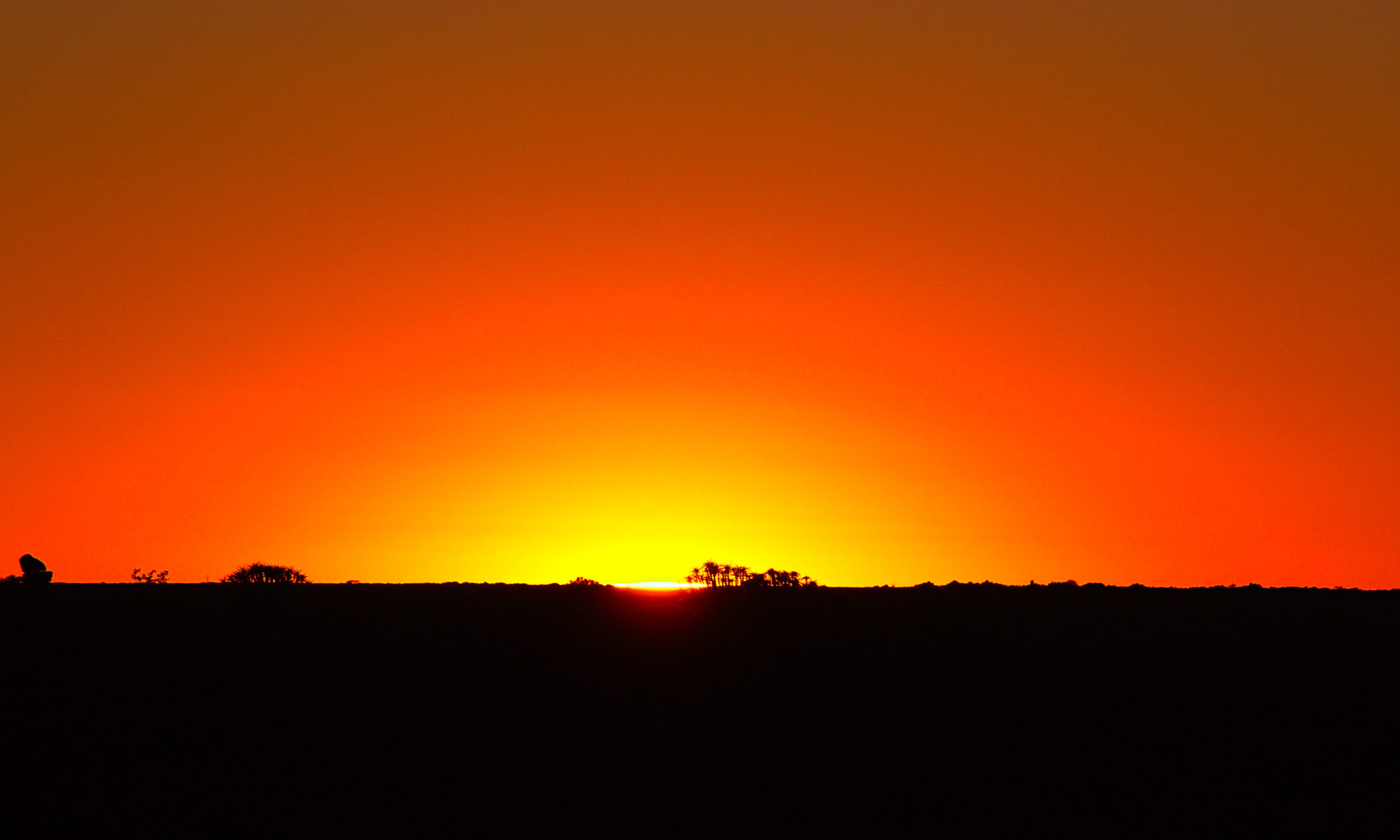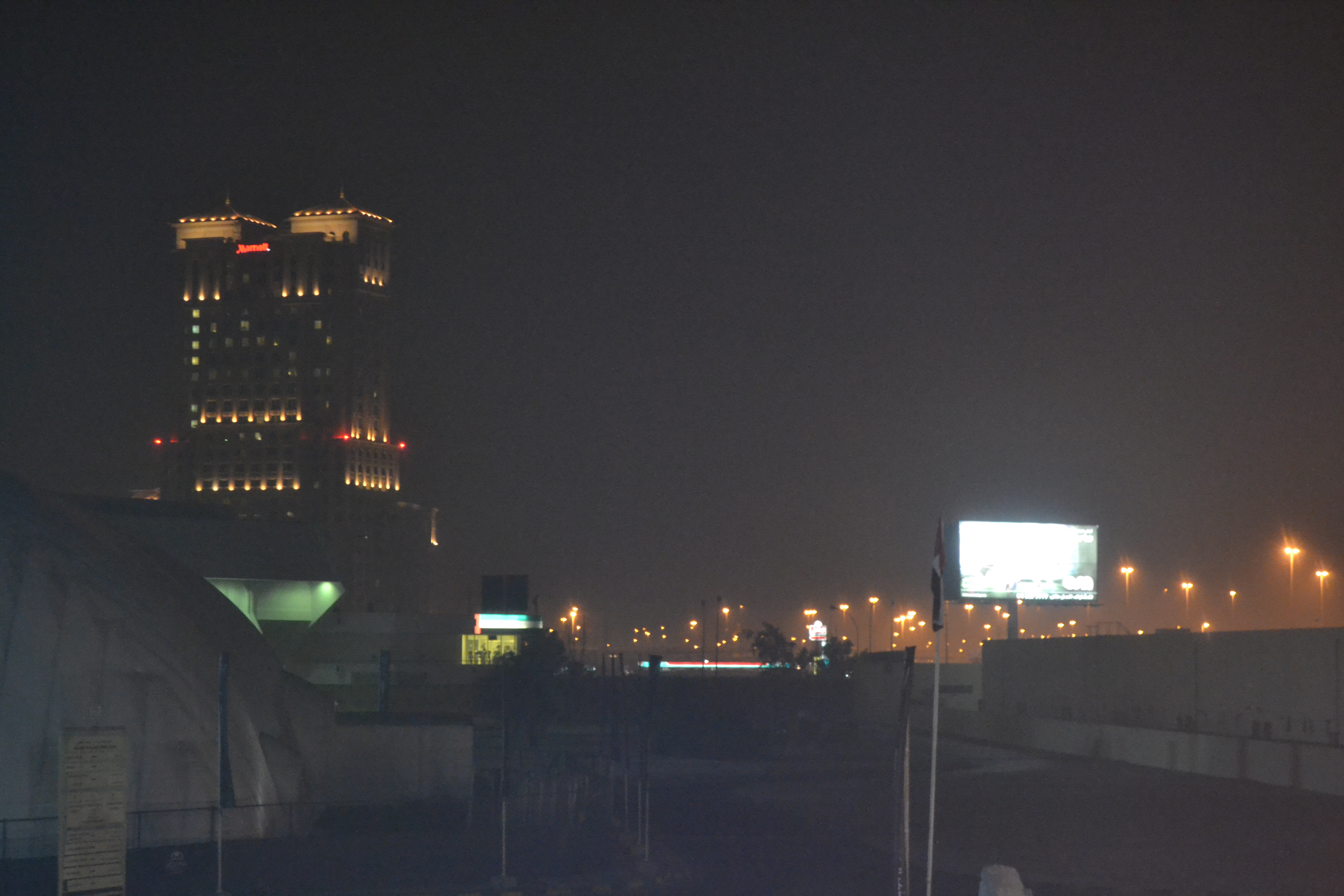The United Arab Emirates (UAE) is a country located in the southeast of the Arabian Peninsula. It is made up of seven emirates: Abu Dhabi, Dubai, Sharjah, Ajman, Umm Al Quwain, Fujairah, and Ras Al Khaimah. The UAE is bordered by Saudi Arabia to the west and Oman to the east, and it has a coastline along the Persian Gulf and the Gulf of Oman.
The history of the UAE dates back to ancient times, when the region was known for its trade in pearls and other natural resources. However, the modern history of the UAE began in the early 19th century, when the region was ruled by a number of local tribes. These tribes were loosely united under the leadership of the sheikh of Abu Dhabi, and they were known as the Trucial States.
The Trucial States were under British protection from 1820 until 1971, when the UAE was formed. This union was driven by the desire for economic and political stability, and it was led by the late Sheikh Zayed bin Sultan Al Nahyan, the first President of the UAE.
Since its formation, the UAE has undergone significant economic and social development. The discovery of oil and natural gas in the 1950s and 1960s led to a rapid economic growth, and the country has become one of the wealthiest and most developed nations in the region. The government has invested heavily in infrastructure, education, and healthcare, and it has also worked to diversify the economy away from oil and gas.
Abu Dhabi, the capital city, is the largest of the seven emirates and is the center of government and politics. Dubai, the second-largest emirate, is known for its luxurious lifestyle and its role as a major business and tourist destination.
The UAE has a diverse population, made up of both locals and expatriates from around the world. The official language is Arabic, but English is widely spoken. The country is also known for its religious tolerance and its efforts to promote cultural understanding and harmony.
The UAE is a young but rapidly developing country that has a rich history and a bright future. With its strong economy and its focus on development, it has become one of the most important nations in the Middle East and a global leader in business, tourism, and culture.
History
The United Arab Emirates (UAE) has a rich and complex history that dates back to ancient times. The region, which is located in the southeast of the Arabian Peninsula, was known for its trade in pearls and other natural resources. The people of the UAE were also known for their seafaring skills, and they traded with other cultures along the Persian Gulf and the Indian Ocean.
In the 19th century, the region was ruled by a number of local tribes, known as the Trucial States. The Trucial States were loosely united under the leadership of the sheikh of Abu Dhabi and were under British protection from 1820 until 1971. During this time, the Trucial States were primarily focused on fishing and pearling, and they had little contact with the outside world.
The modern history of the UAE began in the 1960s, when the discovery of oil and natural gas brought significant wealth to the region. This wealth allowed the country to develop rapidly, and the UAE became one of the wealthiest and most developed nations in the Middle East. The government invested heavily in infrastructure, education, and healthcare, and it also worked to diversify the economy away from oil and gas.
In 1971, the UAE was formed as a federation of seven emirates: Abu Dhabi, Dubai, Sharjah, Ajman, Umm Al Quwain, Fujairah, and Ras Al Khaimah. The union was driven by the desire for economic and political stability, and it was led by the late Sheikh Zayed bin Sultan Al Nahyan, the first President of the UAE.
Since its formation, the UAE has become one of the most important nations in the Middle East. Its economy has grown rapidly, and it has become a major business and tourist destination. The country is also known for its religious tolerance and its efforts to promote cultural understanding and harmony.
The history of the UAE is a story of a region that has undergone significant change and development in a relatively short period of time. From a collection of small, isolated tribes to a modern and prosperous nation, the UAE has become a global leader in business, tourism, and culture.
Geology
The United Arab Emirates (UAE) is located in the southeast of the Arabian Peninsula and is known for its diverse and unique geology. The geology of the UAE is shaped by a combination of factors, including its location at the edge of the Arabian Plate and its proximity to the Arabian Gulf and the Gulf of Oman.
The UAE is primarily composed of sedimentary rocks, which were formed by the accumulation of sediments over millions of years. The most common type of sedimentary rock found in the UAE is limestone, which is formed from the accumulation of shells and other marine debris. Limestone is the main rock type that forms the mountains in the UAE, such as the Hajar Mountains, which are situated along the eastern coast of the country.
The UAE is also known for its oil and gas reserves, which are found in the sedimentary rocks beneath the surface. The oil and gas reserves in the UAE are primarily located in the emirates of Abu Dhabi and Dubai, and they have played a major role in the country’s economic development.
The UAE is also home to a variety of mineral deposits, including copper, chromium, and gold. These minerals are found in the metamorphic rocks that are found in the country’s mountains, and they have been mined for thousands of years.
The geology of the UAE also includes a variety of coastal and marine environments. The country has a long coastline along the Arabian Gulf and the Gulf of Oman, and it is home to a diverse array of marine life. The coastal environments of the UAE include mangrove forests, coral reefs, and sandy beaches. The coral reefs of the UAE are particularly unique, as they are found in the warm, shallow waters of the Gulf, and they are home to a wide variety of marine life.
The geology of the UAE is a fascinating and diverse array of rock types, mineral deposits, and coastal and marine environments. From the sedimentary rocks that form the mountains, to the oil and gas reserves that fuel the economy, the geology of the UAE plays a major role in shaping the country’s history and its future.



